I’m Phuong, a research student at Kaneko Research Lab. On April 23, 2023, it was our first time visiting Jikoin Temple (Entsuzan) in Yamatokoriyama City, Nara Prefecture, which is famous for its tea ceremony and beautiful garden.
The first thing that impressed me was the path leading to the main gate surrounded by two rows of trees and the sunlight sparkling through the trees. The atmosphere here is especially quiet, you can almost only hear the birdsong and it is completely different from the outside space, but only those who come here directly can feel the difference. It is a temple with a Zen-style garden, from the garden access to every corner of the garden, everything is well thought out and beautiful from every angle. It seems that you can feel the high taste of the tea master.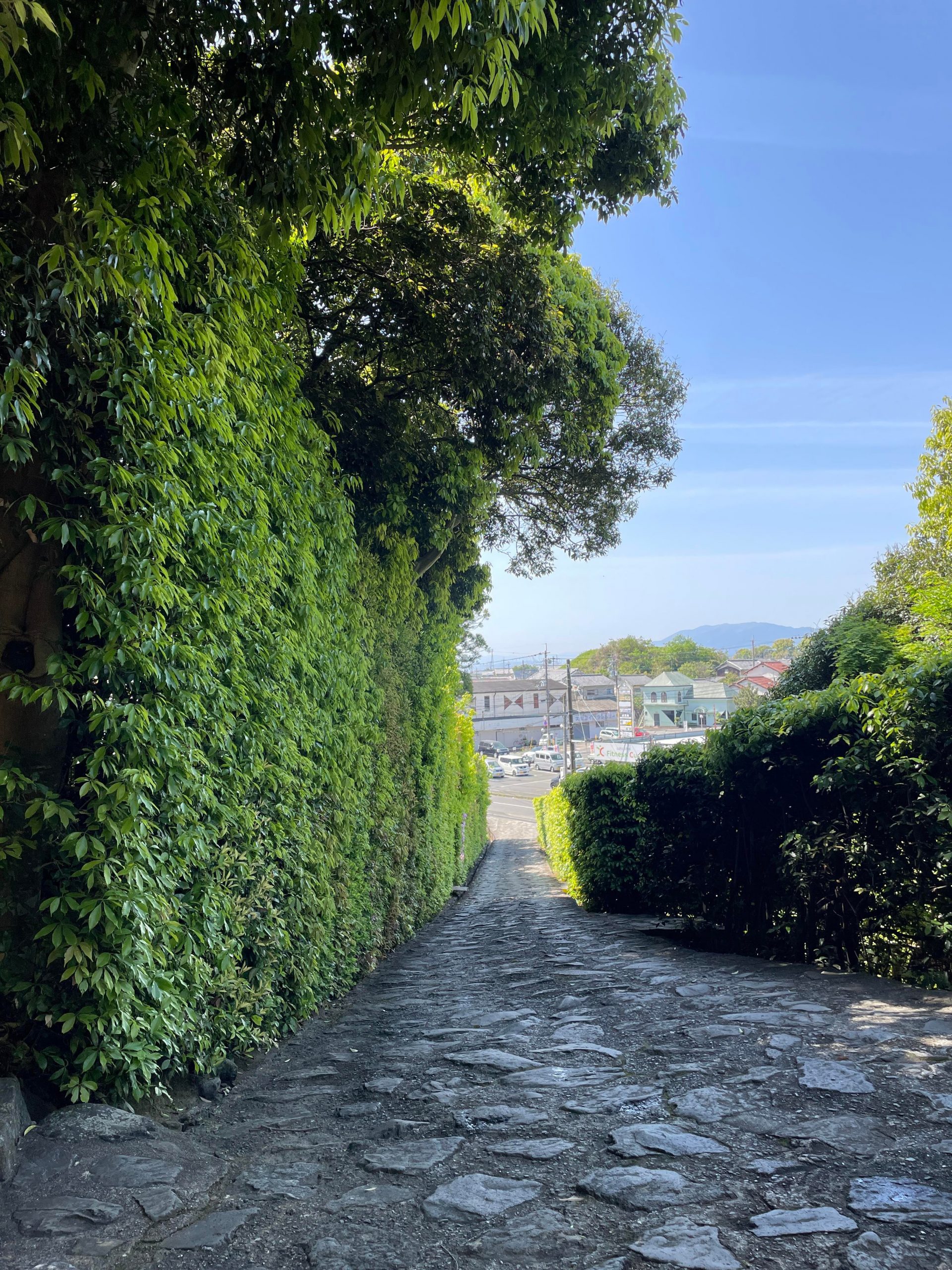
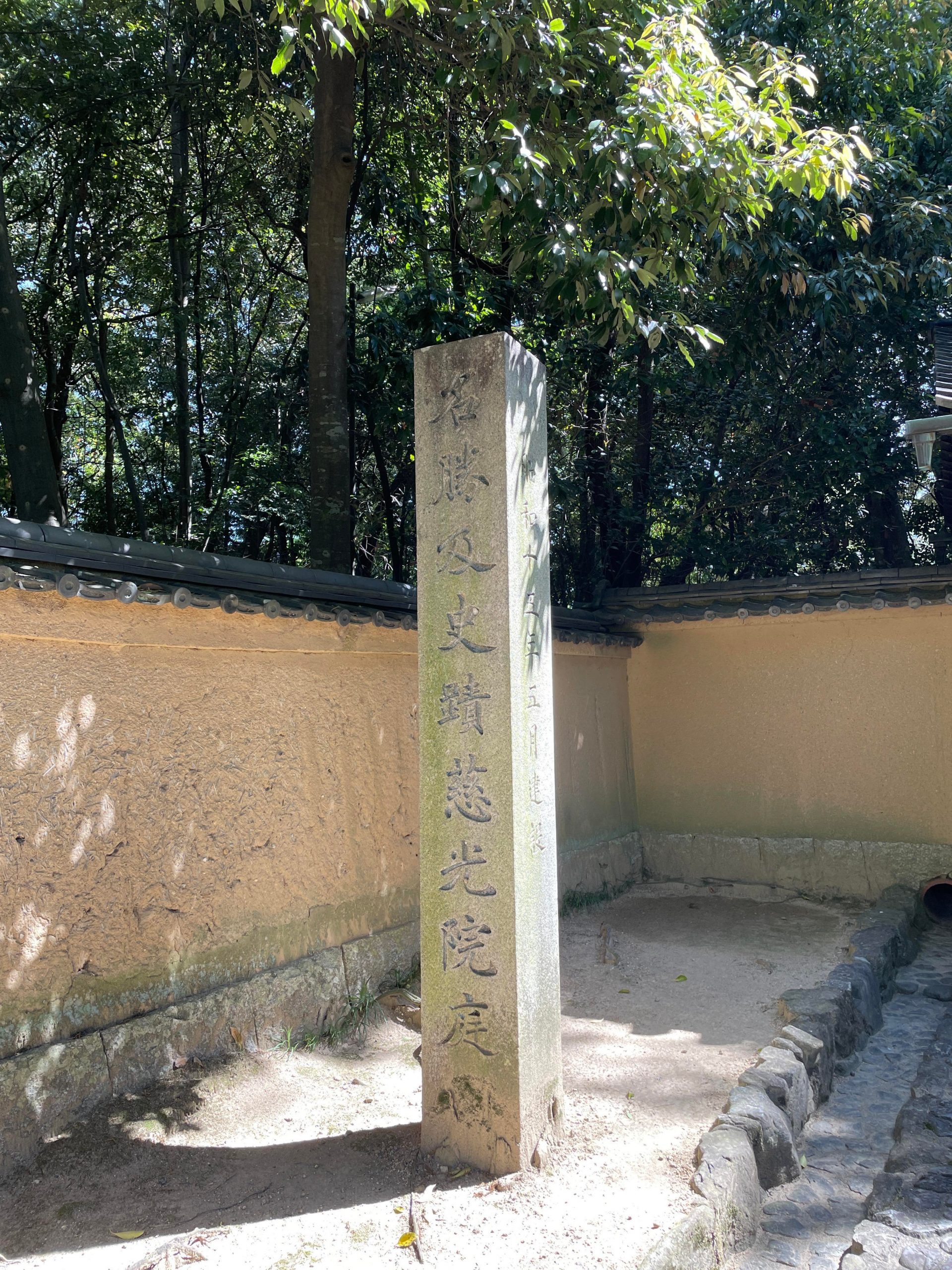
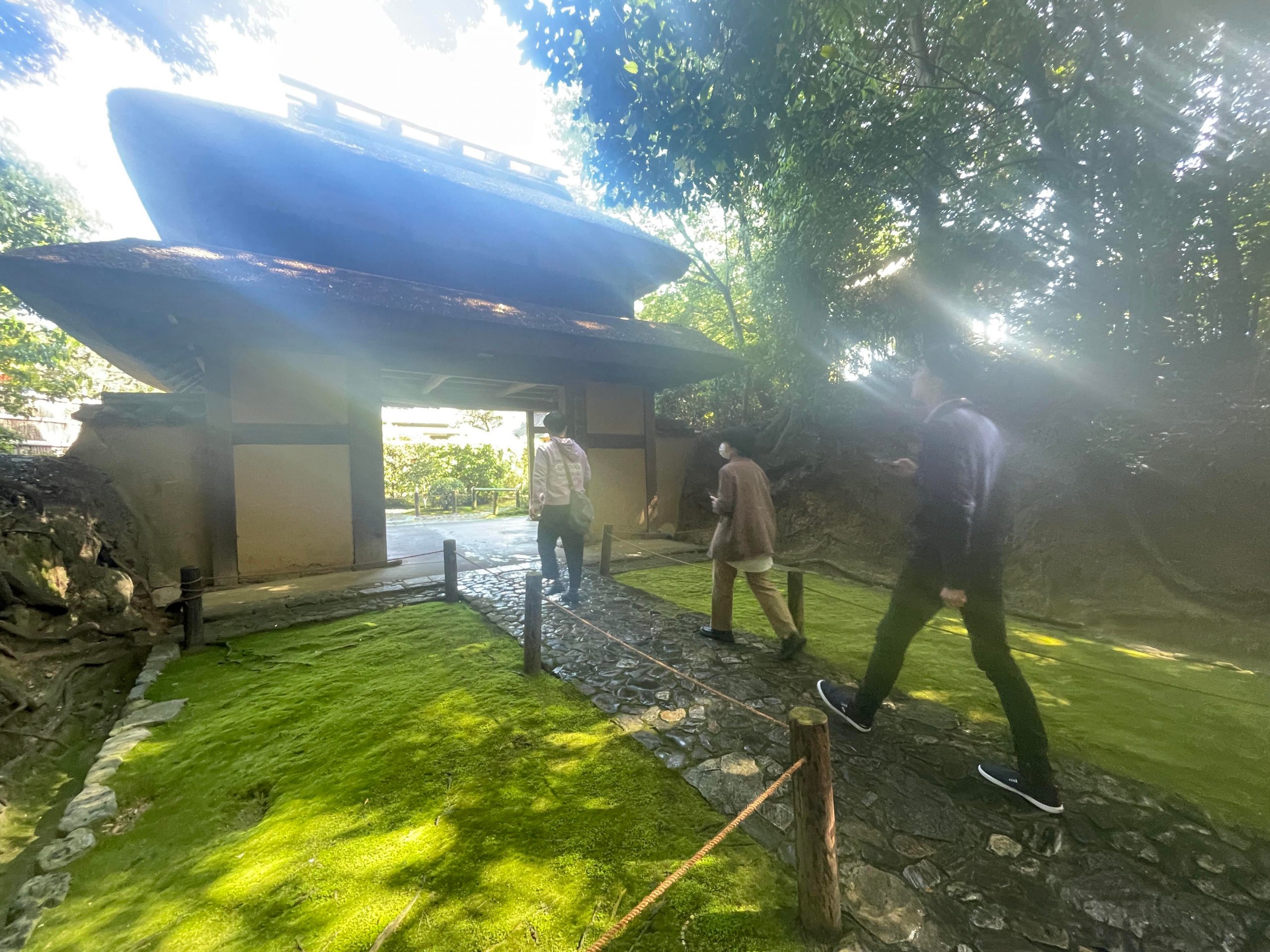
“Jikoin (Entsuzan)” is a temple built in 1663 by Sekishu Katagiri as the temple of his father’s family. This Sekishu Katagiri taught the tea ceremony to the fourth shogun Ietsuna Tokugawa and Mitsukuni Mito, and became the founder of the Sekishu-ryu style of tea ceremony.
“Jikoin” in Yamatokoriyama city. As one of the few temples in Nara Prefecture that belongs to the Daitokuji school of Zen Buddhism of the Rinzai sect, you can enjoy a beautiful view of the garden. You can also see the stone monument of “Sekishu-ryu Tea Ceremony Origin Temple”.
“Ibaraki Gate”, relocated from Settsu Ibaraki Castle and “Study Hall” behind it. Both are intended to entertain invited guests in the tea ceremony, and you can feel a very tranquil atmosphere.
The first thing we could do was sit in a Tatami room, enjoy matcha tea and hear stories from the head of the temple.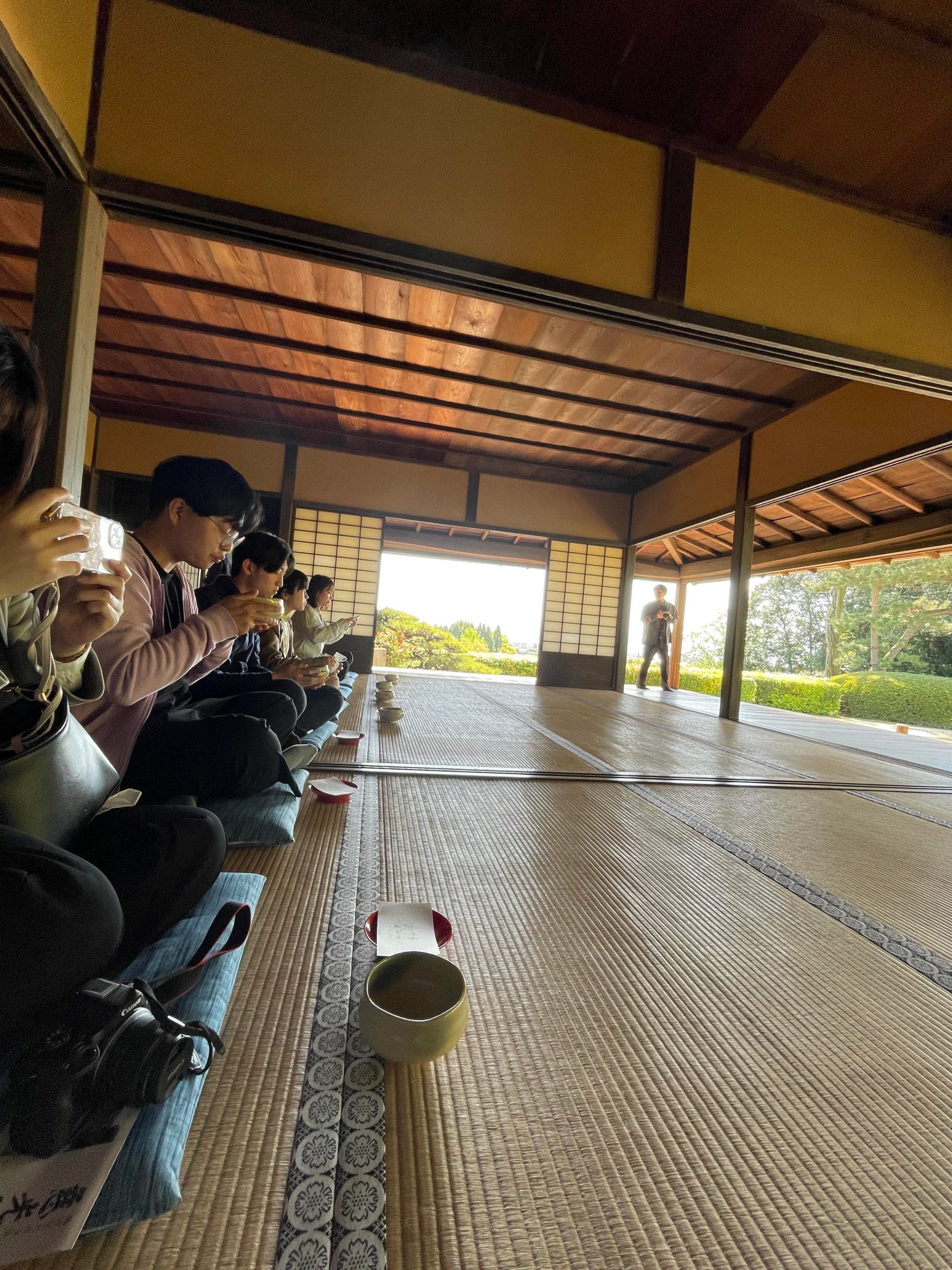

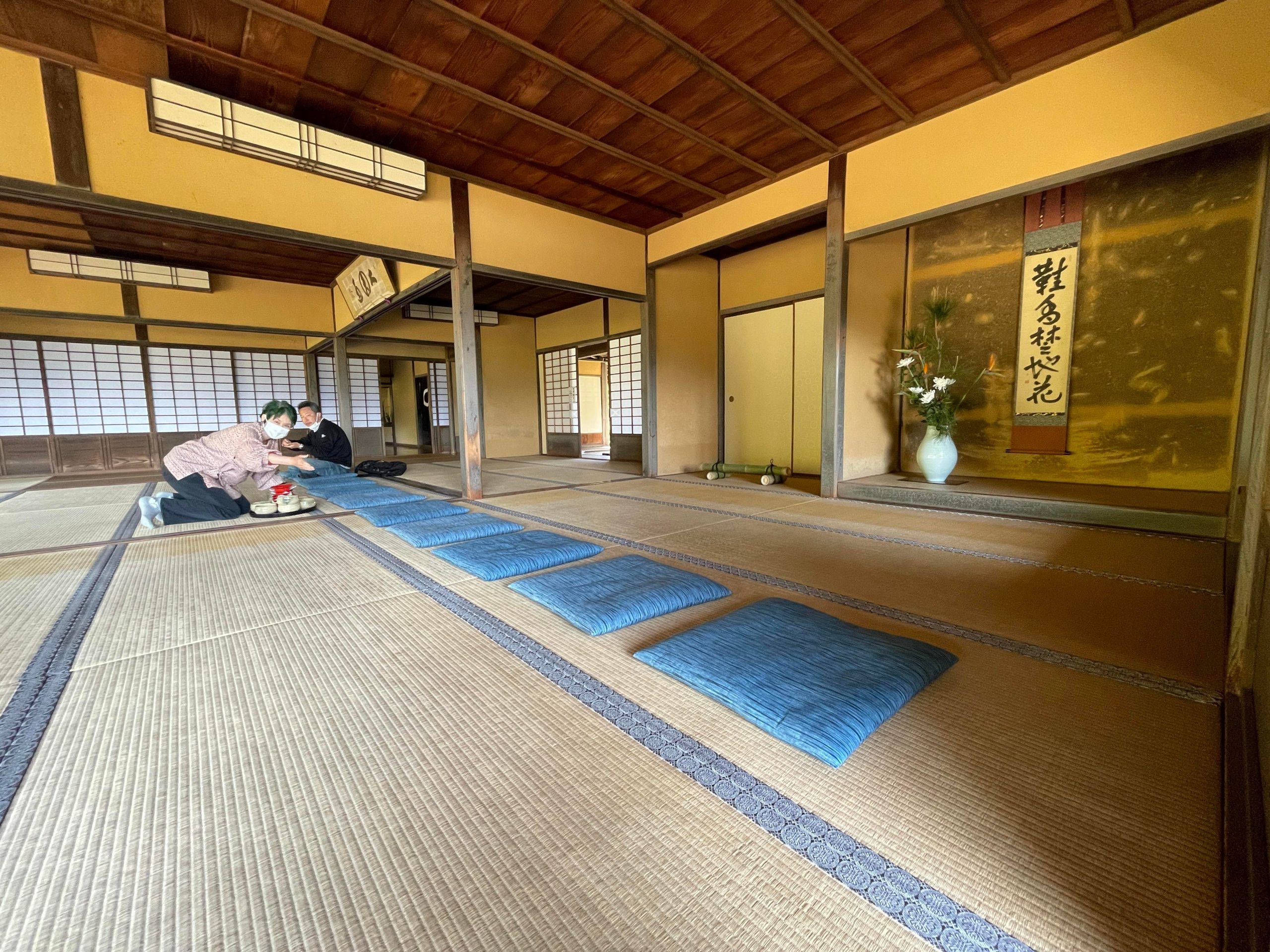
A spacious garden spread out in front of us like an endless painting with no end. Behind where we sat drinking tea was a small tea room called “Kourinan Tea Room”. There are three washbasins at Jikoin Temple designated as Important Cultural Properties. This is called “chozubachi without corners”.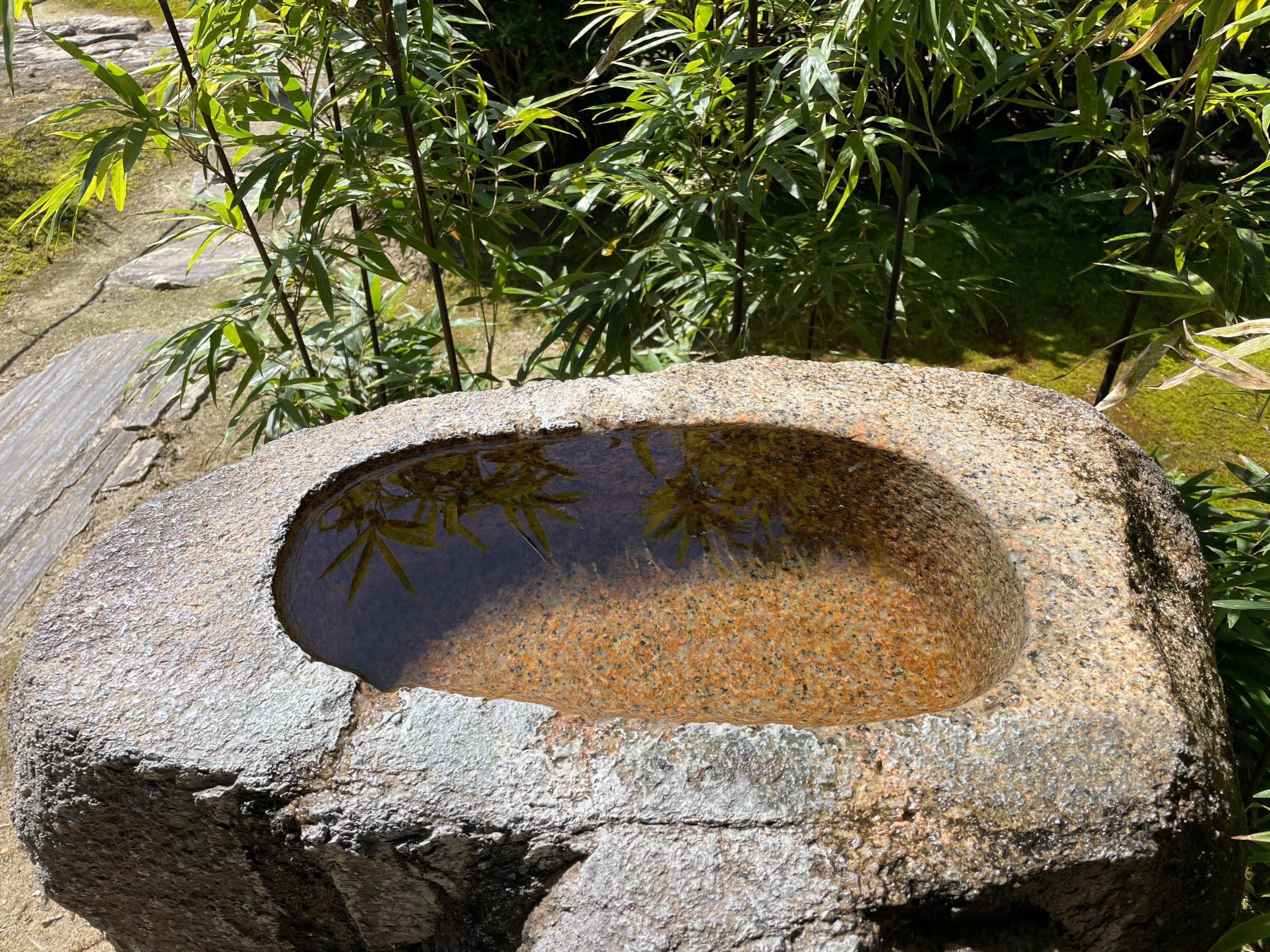
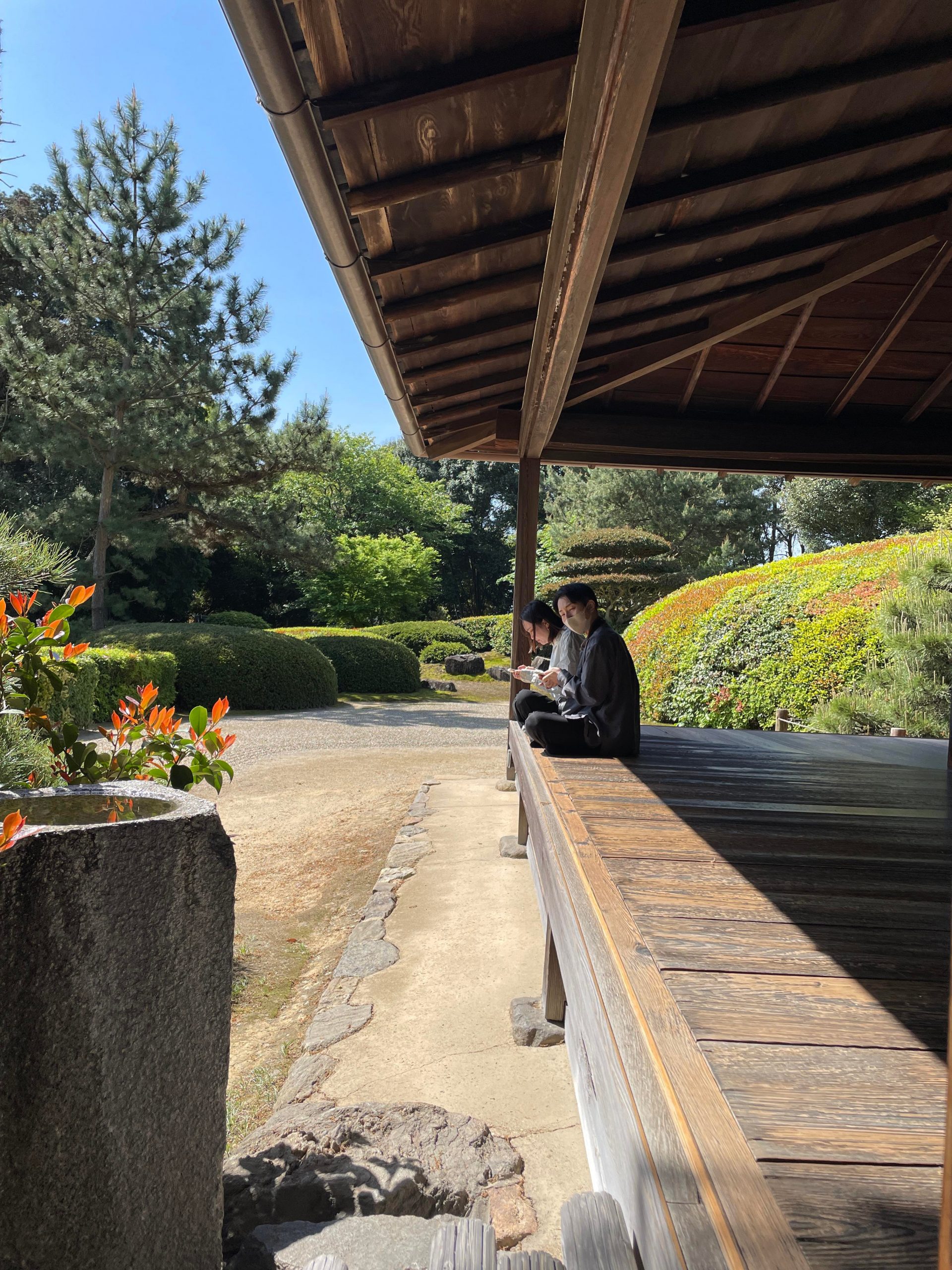
Zen temple gardens tend to be karesansui (dry landscape) style with rocks, but Jikoin’s garden focuses on neatly manicured plants.
After enjoying matcha tea, we were allowed to visit other rooms and walk down the garden. The garden is not too big but is cleverly arranged, combining carefully manicured clumps of trees with a small cobbled courtyard and an outdoor worship area. In my opinion, it is a relaxing garden that anyone wants to come here to relax after a tiring day of work.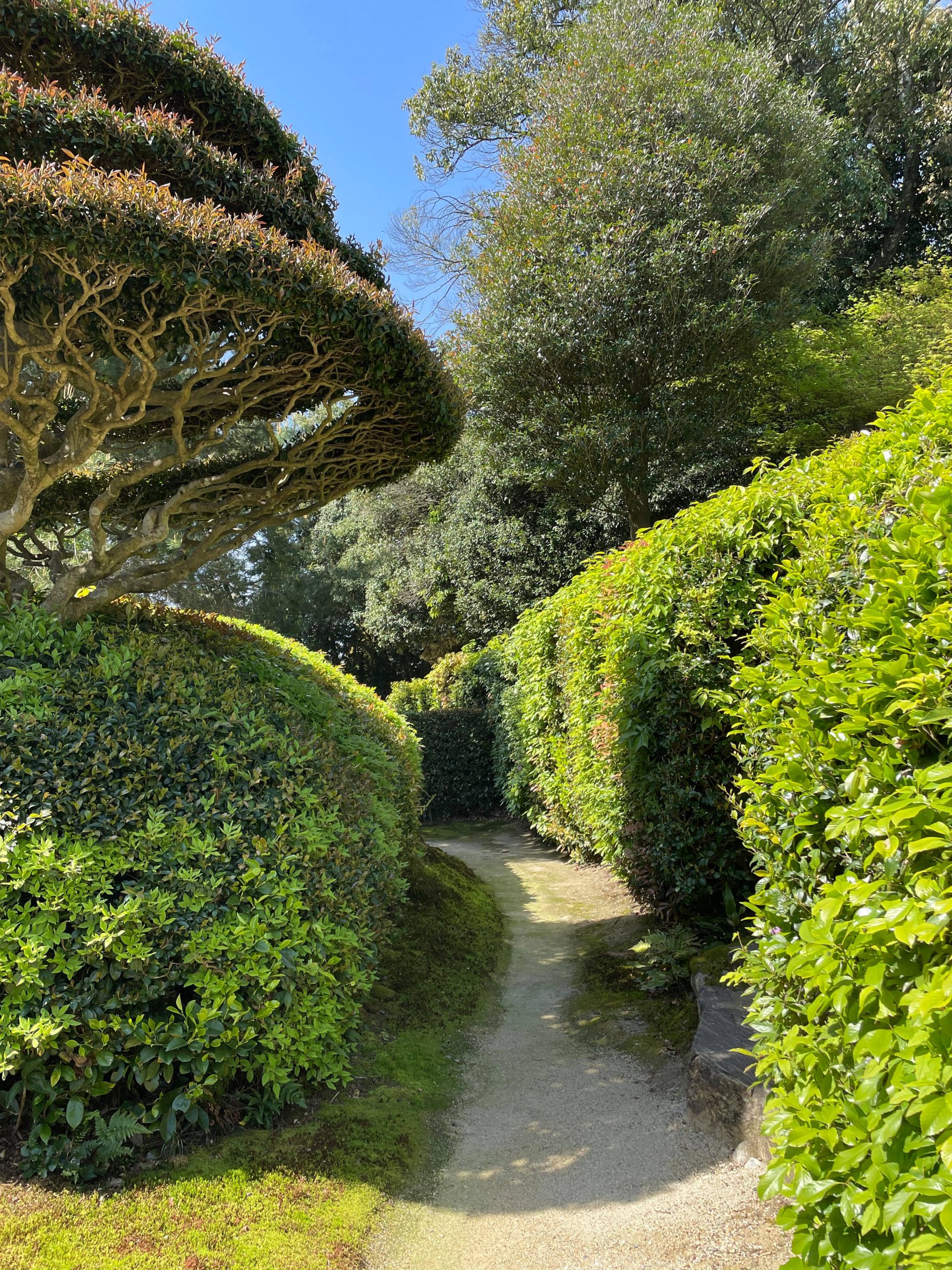
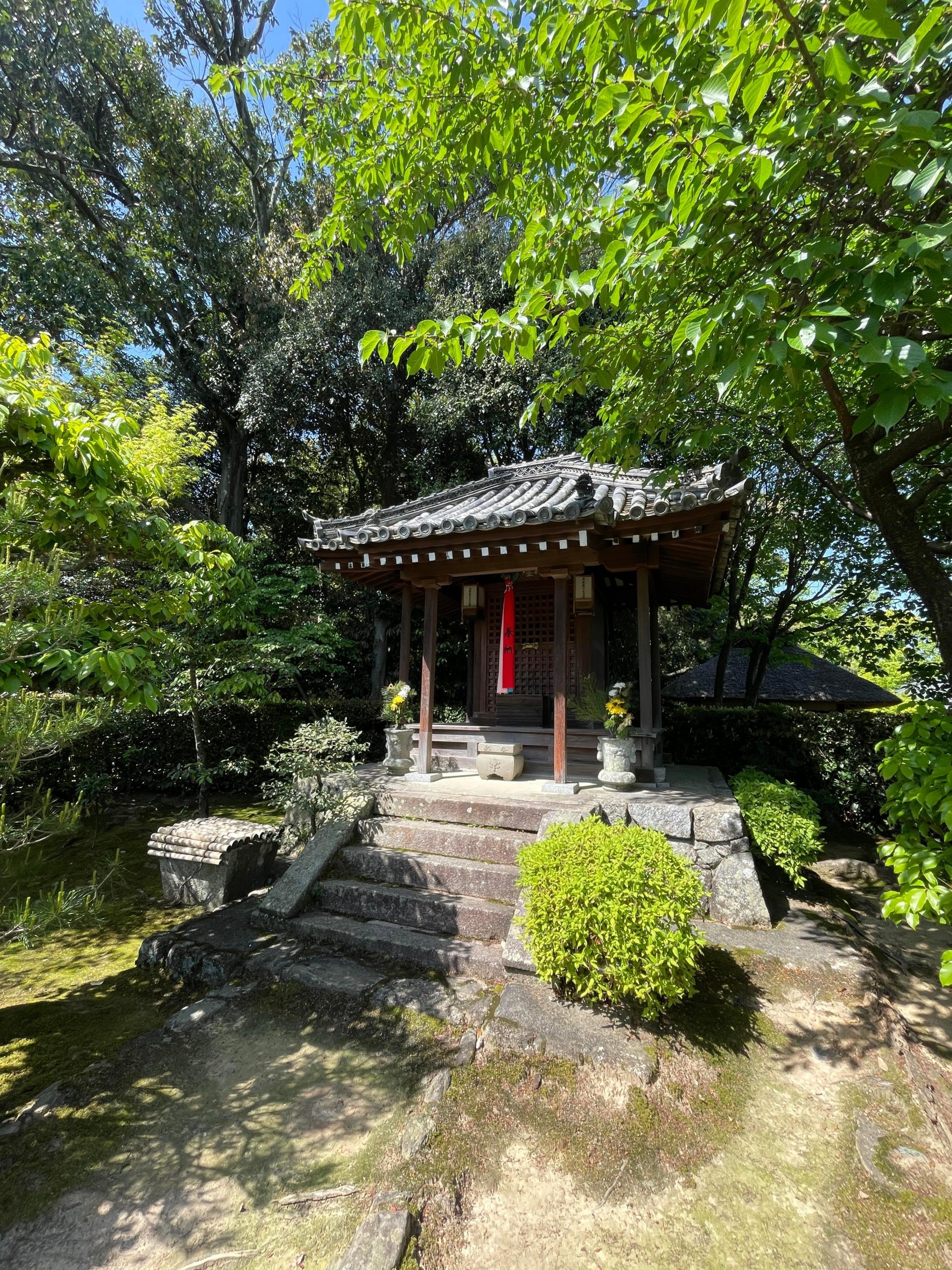
Every corner is beautiful, including the courtyard and the tea room! There is a window like a picture of nature in the hallway leading from the altar room to the main hall.
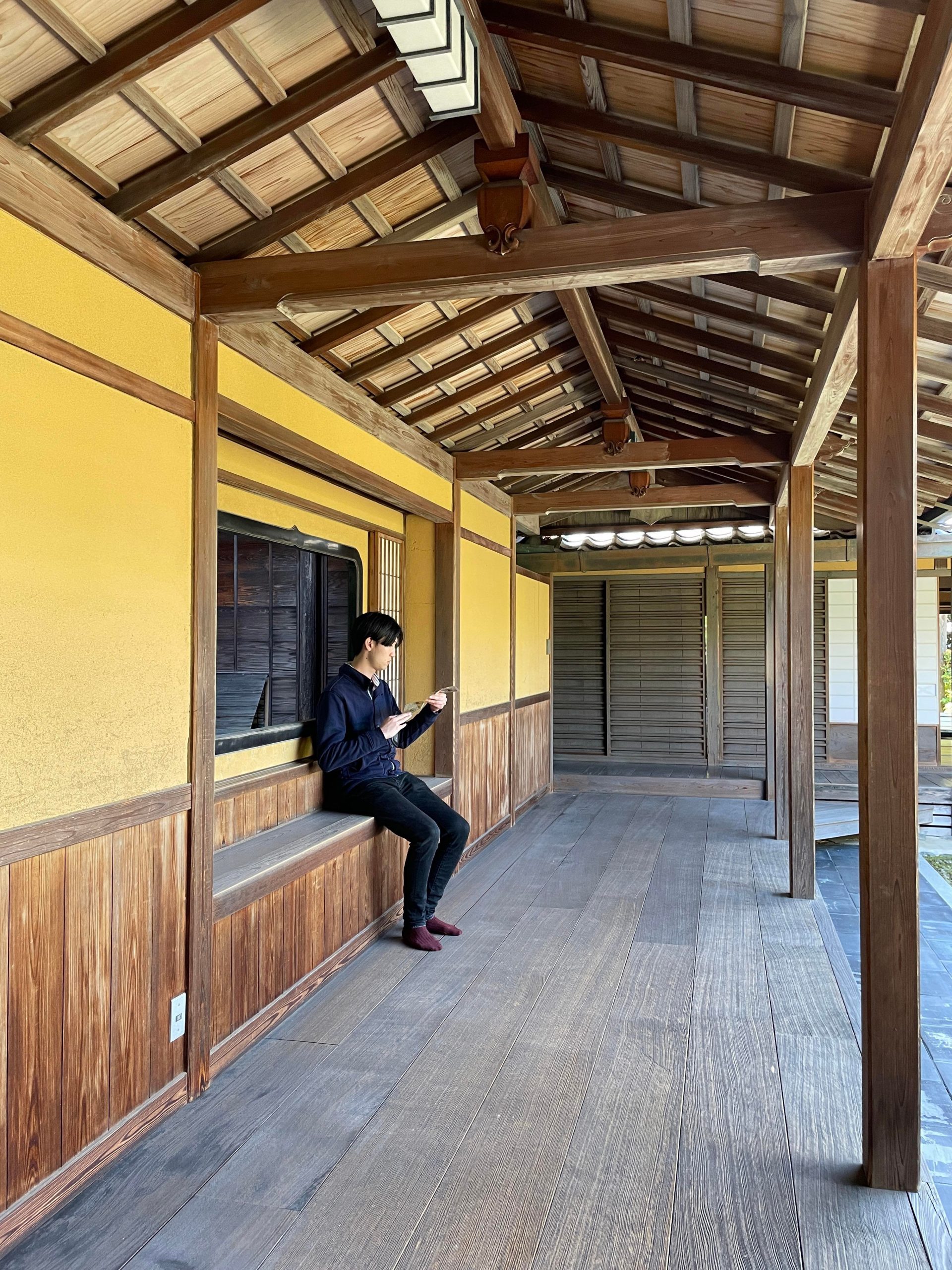
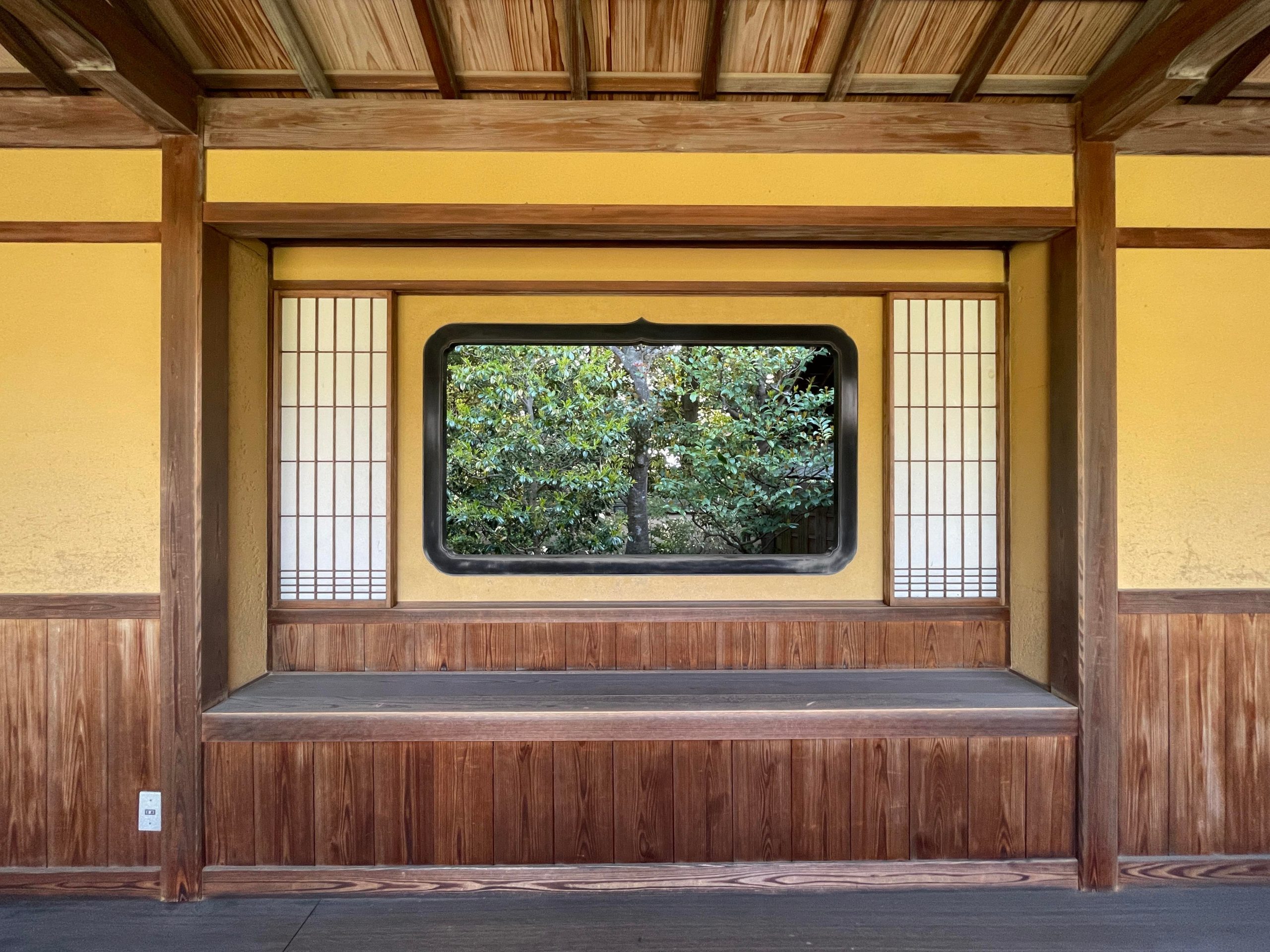
Inside the main hall of Jikoin Temple. The main object of worship is the statue of Shaka Nyozo, believed to have been made in the middle of the Fujiwara period. On either side of it, there are sitting statues of “Kaizan Gyokushu Osho” and “Katagiri Sekishu”. The main hall was built in 1984 so it is still very new.

